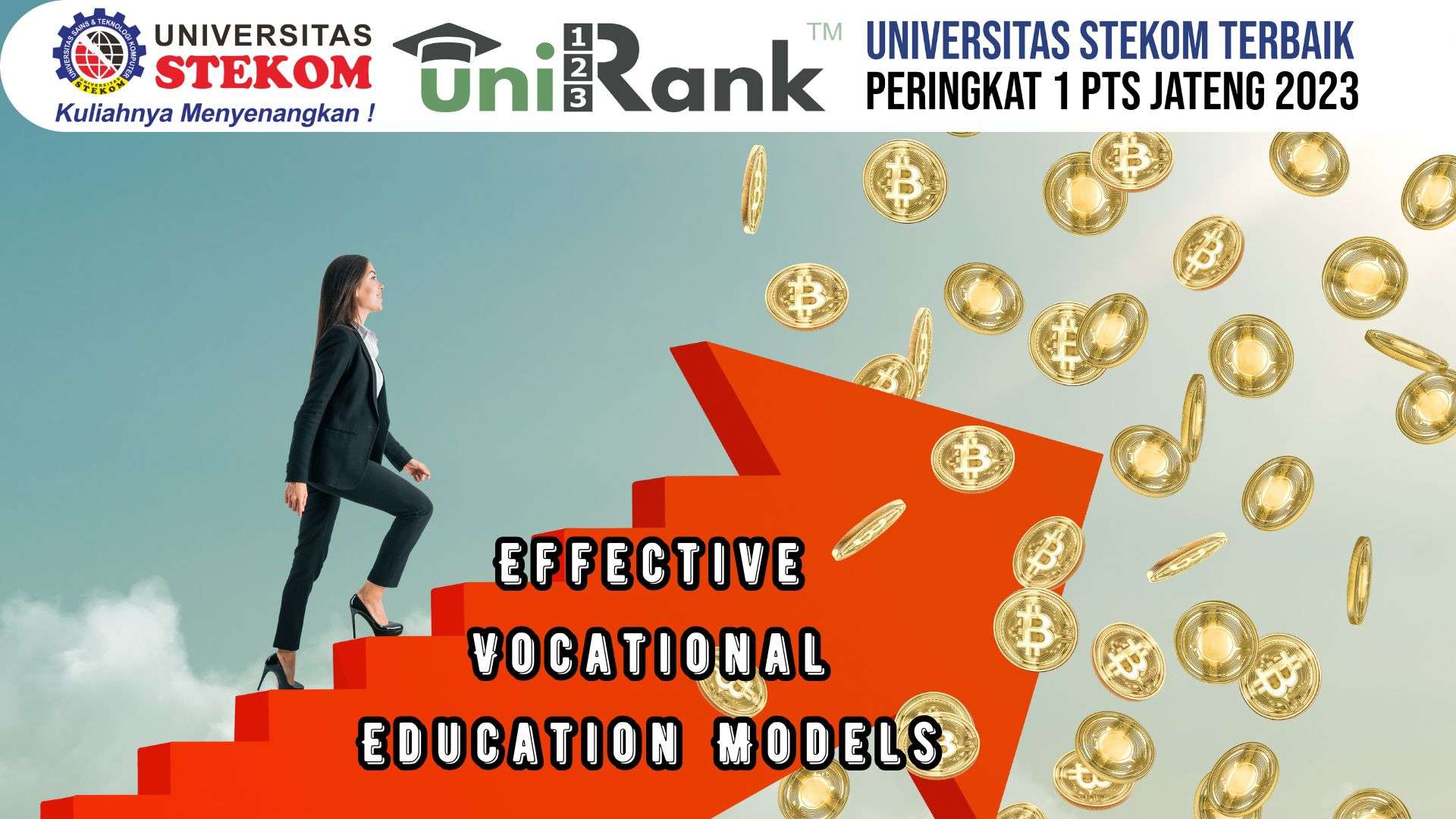
Vocational education has become the right choice of schooling in this era of globalization. In addition to offering many applied bachelor's programs, vocational schools emphasize practical training much more than theoretical education. Therefore, it is unsurprising that vocational graduates are in higher demand by companies, as they are seen as better prepared to enter the workforce. Moreover, there are various advantages to be gained from enrolling in vocational schools.
Hence, there is no longer any reason not to understand the learning model and related aspects before entering a vocational school. Also, it is crucial to know how vocational schools implement their curriculum to produce students ready to work in the industrial world.
Effective Vocational Education Models
The implementation of the Higher Education Curriculum (KPT) for Vocational Education in higher education systems and the enforcement of regulations regarding national standards for higher education (Ministry of Research, Technology, and Higher Education Regulation Number 44 Year 2015) necessitates the development of a learning model that aligns with the KPT. Article 11 Paragraph 1 of Ministry of Research, Technology, and Higher Education Regulation Number 44 Year 2015 states that the characteristics of the learning process are as follows:
Interactive
Interactive means there should be a reciprocal interaction between the instructor and the students when implementing practical and academic teaching methods. Interactions between them make it easier for students to understand what they are learning and foster trust between students and their instructors.
Holistic
Holistic education is a method that parents and teachers need to understand as an alternative learning approach for children, meaning that everyone should grasp the whole concept.
Integrative
Integrative means both parties should have a mutual understanding to achieve the same goals.
Scientific
A Scientific teaching model employs scientific principles involving activities such as data collection through observation, questioning, experimentation, data processing, and communication. There are many other models, such as contextual, thematic, practical, collaborative, and learner-centered.
Learner-centered instruction, or Student-Centered Learning (SCL), is an appropriate approach to implementing KPT. SCL is a paradigm that continues to evolve without eliminating or replacing other learning approaches. According to Bukit, several models can be used in vocational education delivery, including:
Company-Based Education Model
Workforce education is conducted entirely within a company, often called an internship.
School-Based Education Model
Vocational education is conducted in a school setting, where the school is responsible for the entire implementation system, facilities, budget, and management, with the industry serving as a model.
Cooperative Model or Dual System Education (PSG)
Education conducted jointly by schools and the workforce, combining elements of both school-based and company-based models to address the weaknesses of each.
School-Based Enterprise Model or Unit Production (UP)
Developing a business environment within the school to provide real work experience while generating income for the school.
CONCLUSION
These models are characterized by interactivity, ensuring reciprocal engagement between instructors and students, fostering understanding and trust. Additionally, holistic education is emphasized, necessitating a comprehensive understanding of concepts for both educators and learners. The integrative approach underscores the importance of mutual understanding in achieving shared goals, while scientific teaching methods involve systematic data collection and analysis. Learner-centered instruction, particularly the Student-Centered Learning (SCL) approach, proves to be a suitable framework for KPT implementation.
 English EN
English EN  Indonesia ID
Indonesia ID
